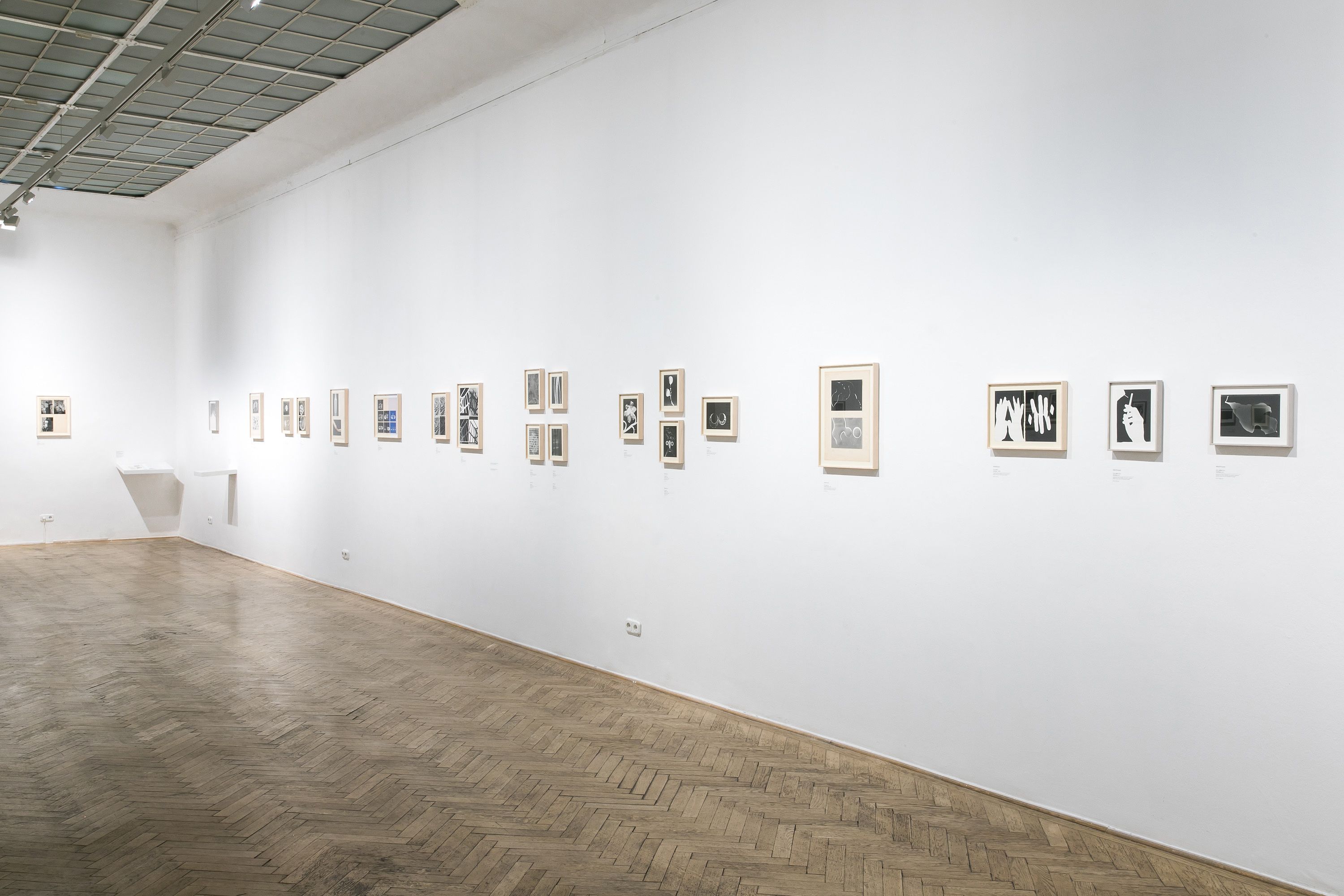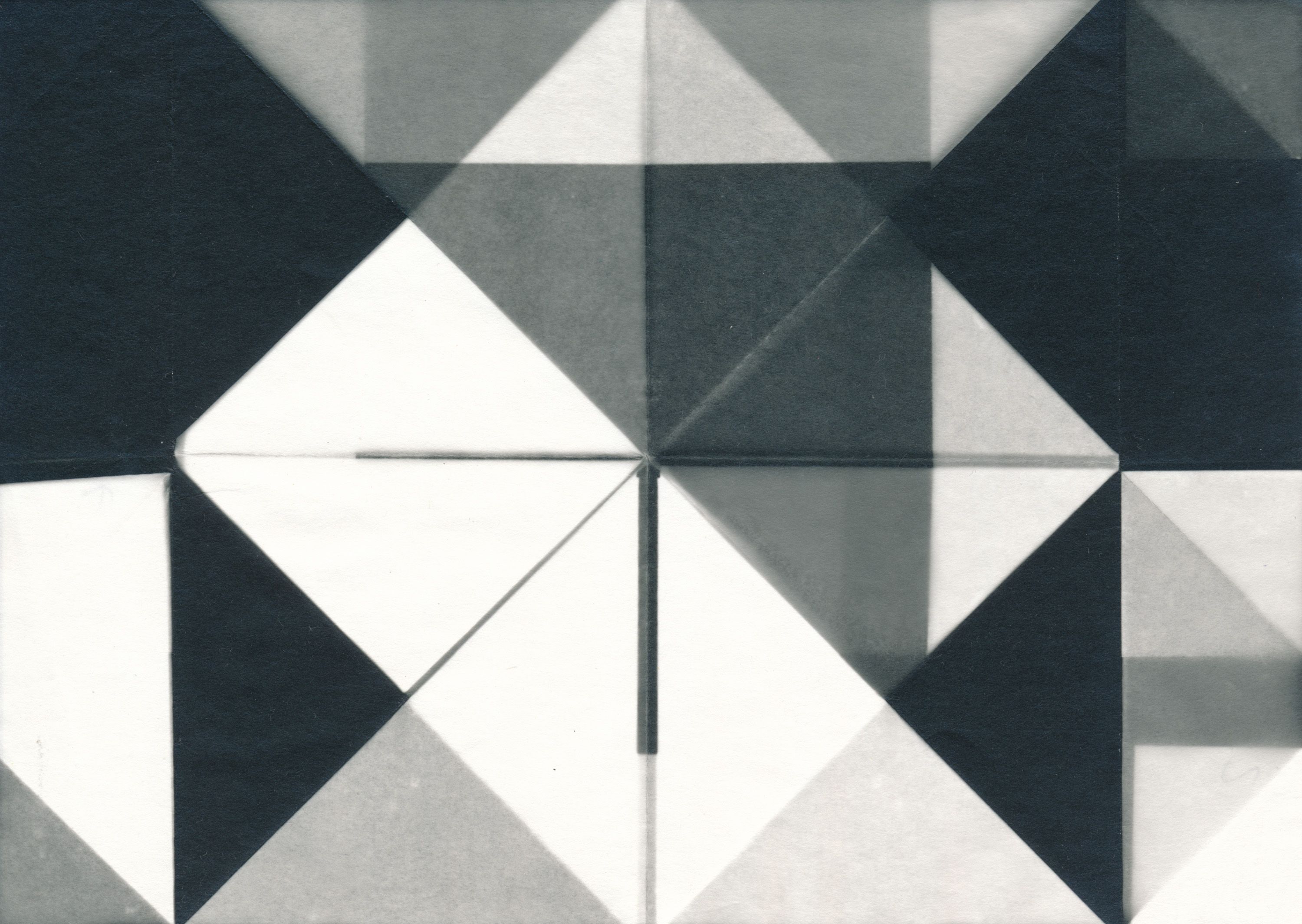Katalin Nádor
Surface and Shape
| Venue: | Robert Capa Contemporary Photography Center, Budapest |
| Date: | Oct 17 – Aug 08, 2019 |
Description
Selected from the collection of acb Gallery
The exhibition presents a remarkable oeuvre unknown for the wider public until now, which could be considered to be the continuation of the work done by György Kepes and László Moholy-Nagy, and organically connected to the activities of the Pécsi Műhely (Pécs Workshop, 1970–1980) artists’ community that had worked on revitalizing the Hungarian constructivist and avant-garde traditions.
Katalin Nádor (1938–2018) worked as the museum photographer of the Janus Pannonius Museum Pécs, Hungary, for some thirty years, and this is how the profession knew her. Her job was to document the ethnographic objects and archaeological finds received by the museum, as well as capturing works of contemporary artists and their fine arts ancestors.
In the course of taking these photographs, primarily used for documentary purposes, she was mostly interested in the nature of light, its space- and form-creating power, as well as in studying the various surfaces and materials.
She created her own experimental and lyrical artistic world based on these experiences, in which the tiny details of the world would not only become universal in the focus of her attention, but would also be altered as a result of the level of abstraction. In her works, she reveals passages, and hidden parallelisms among the abstract shapes and the rhythms they create.
She often used the methods of stacking, magnifying and strong lighting in order to obscure the subject of the photograph.
Her secret artistic life reflected the life of creative women working in rural Hungary during the years of Socialism: her work as an artist evolved quietly, without any attention or acknowledgment from the professional scene, in spite of her peculiar, sensual experimentations, and the unique subjective abstraction characteristic of her photographs.
The greatest influence on Katalin Nádor was her teacher, Ferenc Lantos, who continuously researched the common structures of arts and nature through programmed geometrical reduction. Under his influence, she created an oeuvre that is close to the so-called bio-romantic theory of Ernő Kállai in philosophical terms (this a theory finding interrelations between abstract arts, as well as the laws connecting the microcosm and the macrocosm), and which recalls the aesthetics known from the photographic work of György Kepes and László Moholy-Nagy. And, from the aspect of forms and playfulness, her work is connected to the spirit of the Bauhaus movement, which is so deeply embedded in the cultural history of Pécs, Hungary.
Katalin Nádor’s photographs are also closely related to the work of the members of the Pécsi Műhely (Pécs Workshop) – Ferenc Ficzek, Károly Hopp-Halász, Károly Kismányoky, Sándor Pinczehelyi, and Kálmán Szijártó – with whom she had been in contact and was regularly cooperating already from the end of the 1960s. In the 1970s, she documented several performances, photo actions and conceptual artworks of the group, and she was the author of the works documenting Ferenc Ficzek’s Árnyékváltás (Shadow Exchange), Károly Hopp-Halász’s Privát adás (Private Program), and Sándor Pinczehelyi’s Sarló és kalapács (Hammer and Sickle) című alkotásának. In 1972, Katalin Nádor, together with the Pécsi Műhely (Pécs Workshop) participated in the exhibition organized in the Balatonboglár Chapel, presenting the Hungarian neo-avant-garde movement.
Katalin Nádor’s unparalleled oeuvre built on sensitive observation and subjective abstraction is not merely presented in thematic units, but we have attempted to reveal the hidden interrelations between the interconnected individual works. (Gabriella Csizek, curator & Róna Kopeczky, co-curator)
The showcased images have been selected from the collection of the acb Gallery.

